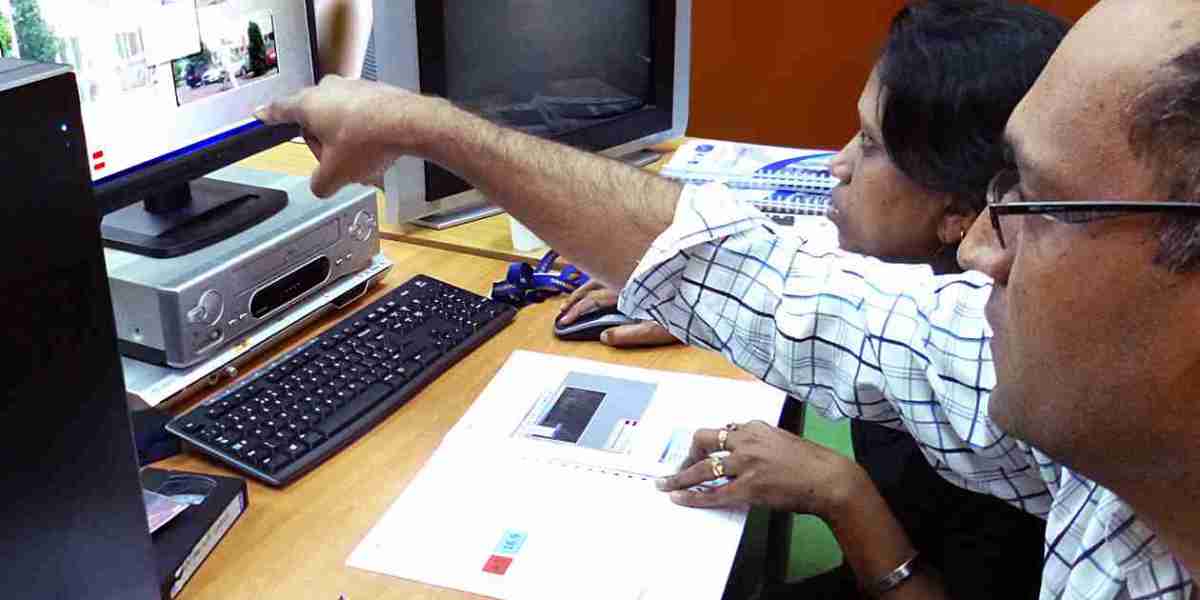In the realm of digital forensics, conducting a forensic analysis is a critical step in gathering and analyzing digital evidence. By following a systematic approach and utilizing specialized tools and techniques, forensic analysts can uncover valuable information that can be crucial in solving criminal cases, uncovering data breaches, or resolving disputes. In this article, we will explore how to conduct a forensic analysis in digital forensics, highlighting best practices, tools, and methodologies used in the field.
What is Forensic Analysis in Digital Forensics?
Forensic analysis in digital forensics refers to the process of collecting, preserving, analyzing, and presenting digital evidence in a legally admissible manner. This process involves identifying, extracting, and interpreting data from digital devices such as computers, mobile phones, and storage media. Forensic analysis is essential in uncovering valuable information that can help investigators understand the sequence of events, identify suspects, and support or refute claims in a court of law.
Steps to Conduct a Forensic Analysis
Identification: The first step in conducting a forensic analysis is to identify the digital devices that may contain relevant evidence. This includes computers, smartphones, external hard drives, USB drives, and other storage media.
Preservation: Once the devices are identified, it is crucial to preserve the integrity of the evidence by creating forensic images. Forensic images are exact copies of the original storage media, ensuring that the original data remains unchanged during the analysis.
Analysis: After preserving the evidence, forensic analysts use specialized tools and techniques to analyze the data. This includes recovering deleted files, examining internet browsing history, identifying encrypted data, and extracting metadata from files.
Interpretation: The next step is to interpret the findings of the analysis and draw conclusions based on the evidence. This may involve reconstructing timelines, identifying patterns, and correlating different pieces of information to create a comprehensive picture of the case.
Reporting: Finally, forensic analysts document their findings in a detailed report that outlines the methods used, the evidence collected, the analysis performed, and the conclusions drawn. This report is crucial in presenting the evidence in a clear and concise manner in court.
Tools and Techniques for Forensic Analysis
In digital forensics, forensic analysts rely on a variety of tools and techniques to conduct a thorough forensic analysis. These tools help analysts collect, analyze, and interpret digital evidence effectively. Some commonly used tools include:
EnCase Forensic: A popular forensic tool used for imaging, analyzing, and reporting on digital evidence.
Autopsy: An open-source digital forensics platform that supports forensic analysis of disk images and mobile devices.
FTK Imager: A tool for acquiring and analyzing digital evidence from storage media.
Sleuth Kit: A collection of command-line tools for analyzing disk images and file systems.
Volatility: A memory forensics tool used for analyzing volatile memory (RAM) to extract valuable information.
Conclusion
Conducting a forensic analysis in digital forensics is a complex and critical process that requires specialized skills, tools, and methodologies. By following a systematic approach and utilizing the right tools, forensic analysts can uncover valuable evidence that can be crucial in investigations and legal proceedings. As digital devices continue to play a central role in our lives, the need for forensic analysis in digital forensics will only continue to grow.














